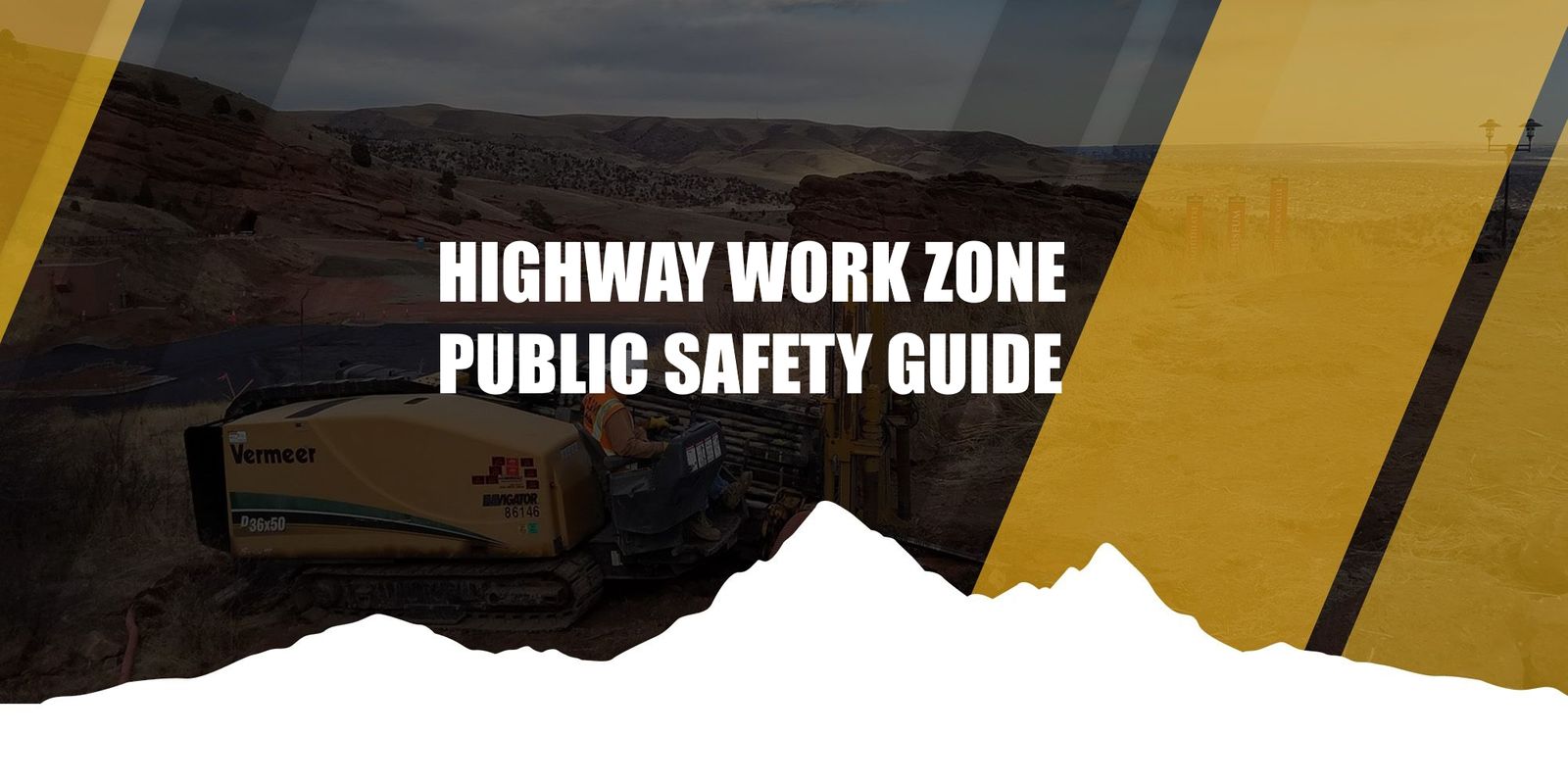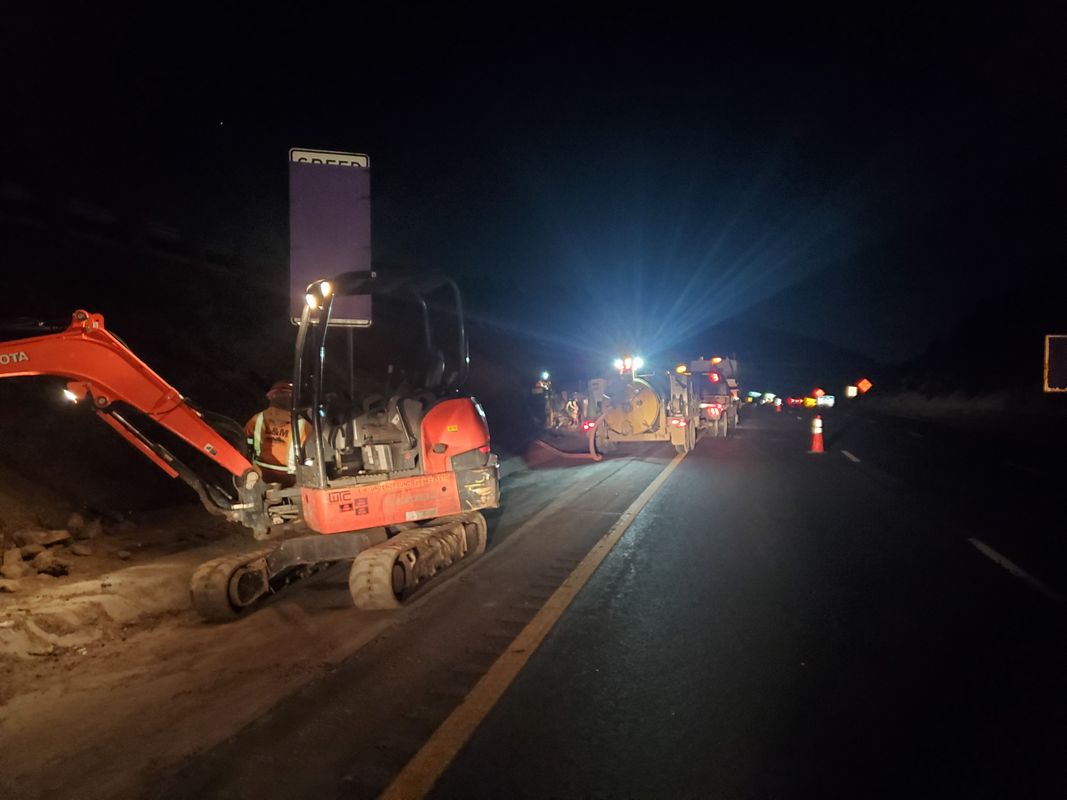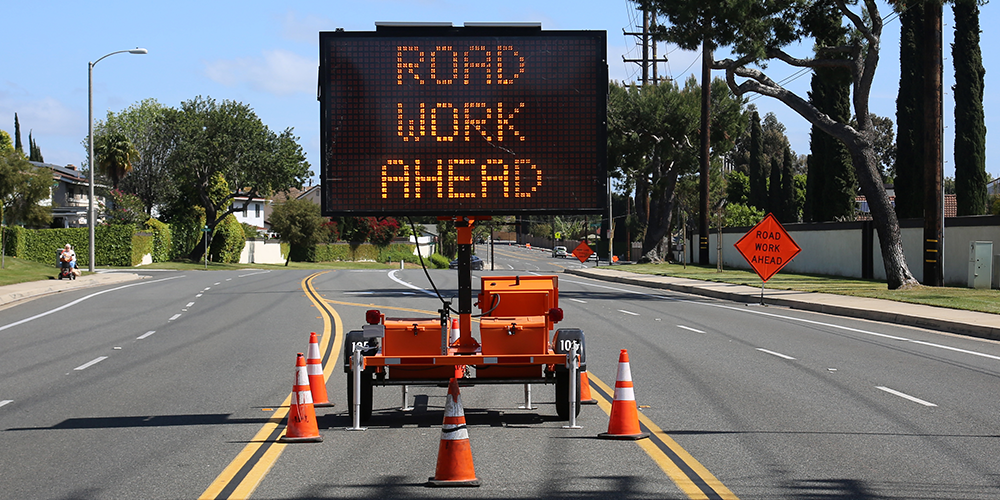Every year, the Colorado Department of Transportation (CDOT) undertakes hundreds of construction projects across the state while also maintaining thousands of miles of roadways. However, these work zones can also represent a serious risk to both drivers the crews working them with more than 700 fatalities annually (FMCSA, 2023). In this week’s blogpost we’ll be focusing on the safety strategies that we use every day to ensure work zone safety and what you can do to help.

Highway Work Zone Safety
L&M Underground


What Do We Do?
Planning:
Road work on major roadways always includes a Traffic Control Plan. This plan consists of a plan to safely conduct traffic either around or through a zone as well as an internal traffic control plan designed to manage the flow of heavy equipment, vehicles, and workers.
Prevention:
OSHA requires that every jobsite have at least one Competent Person tasked with conducting inspections and hazard assessment to identify “existing and predictable hazards in the surroundings, or working conditions which are unsanitary, hazardous, or dangerous to employees, and who has the authorization to take prompt corrective measures to eliminate them.”
To this same end, all personnel start each day with a safety meeting designed to ensure that all workers are aware of the potential hazards and have the necessary protective equipment for that days tasks.
Protection:
Workers must wear Personal Protective Equipment (PPE) adhering to ANSI standards including hard hats, steel-toed boots, high visibility clothing, and hearing protection. Fillable barriers may also be placed around work zones to help further protect workers from potential collisions with negligent motorists.
What Can You Do to Help?
Plan Ahead:
Construction and lane closures are a drag. You don’t want to be sitting in it and we don’t want you near it. Luckily, mapping services like Google Maps and Waze often can offer better routes. When possible, it’s best to avoid work zones all together by simply using detour routes.
Protect Workers:
It’s incredibly important to remain cautious at all times within work zones. Pay close attention to all signage throughout the work zone including speed reductions, lane changes, and flaggers.
Since lane closures and traffic pattern shifts are common within work zones, it’s important to slow down and keep an eye out for road workers.
Pay Attention:
Both rear-end and side-swipe collisions are exceptionally common in work zones. You can avoid these crashes by following these two tips:
1. As you approach lane closures, merge into the open lane as early as possible while being careful to examine blind spots and monitor nearby vehicles.
2. Maintain extra space between yourself and the vehicle ahead of you. This will assist nearby drivers with merging and give you extra time to react in the event of sudden stops.
We know construction traffic can be a drag, but we appreciate your patience and attention to keep our workers safe.
FMCSA. (2023, November 23). Work zones safety tips. Federal Motor Carrier Safety Administration. https://www.fmcsa.dot.gov/ourroads/work-zones-safety-tips
Jones, K. (2023, June 30). 10 Road Construction Work Zone Safety Tips. ConstructConnect. https://www.constructconnect.com/blog/10-road-construction-work-zone-safety-tips
